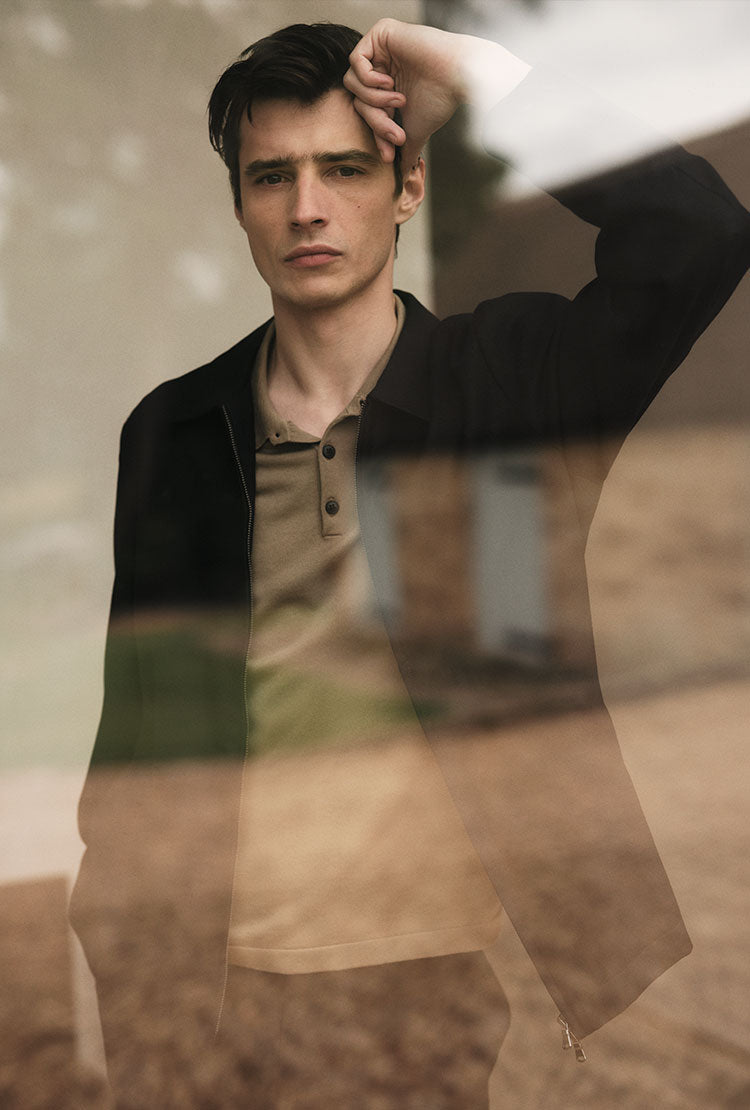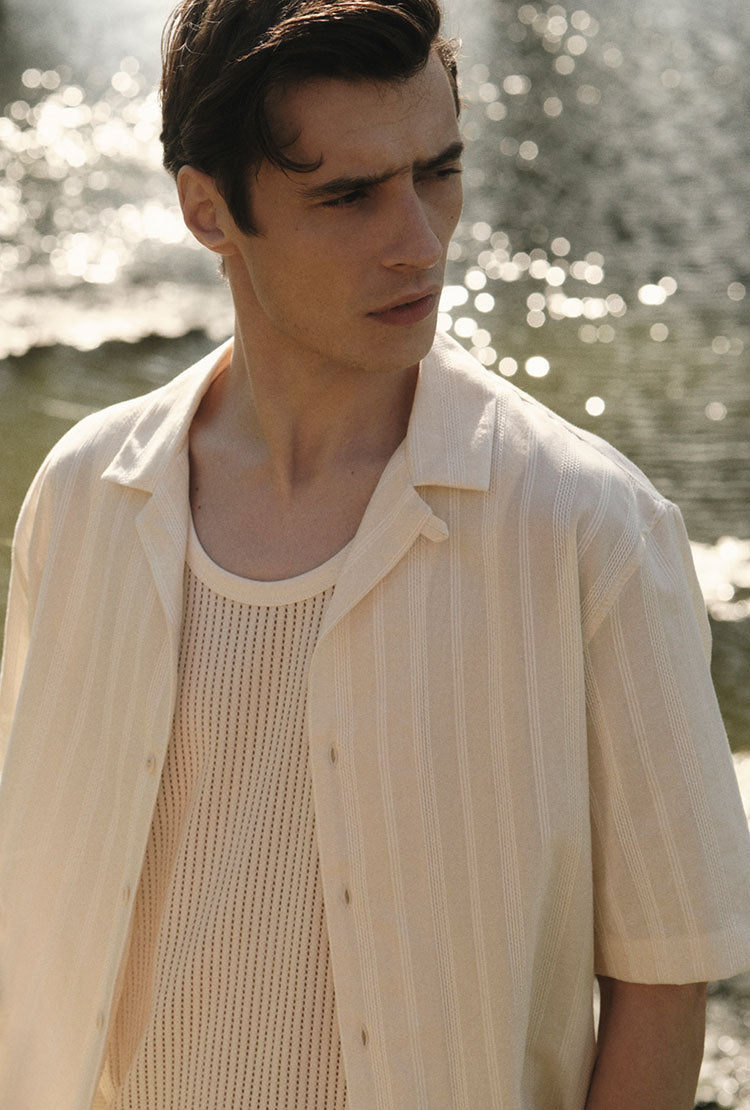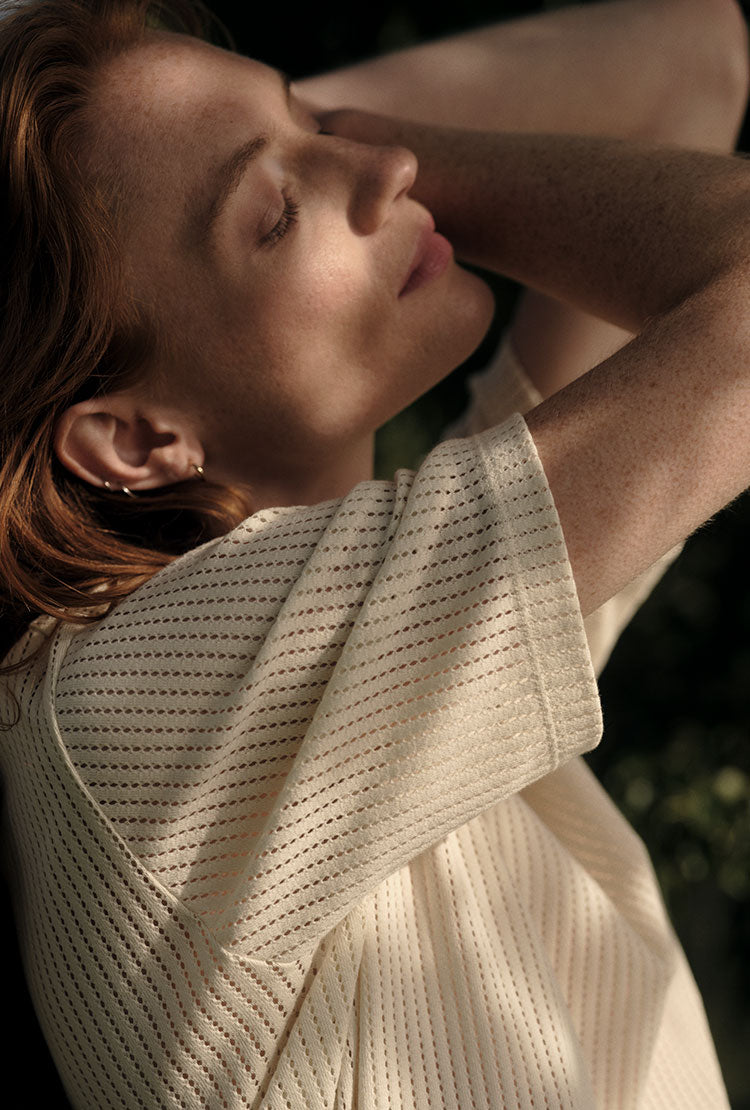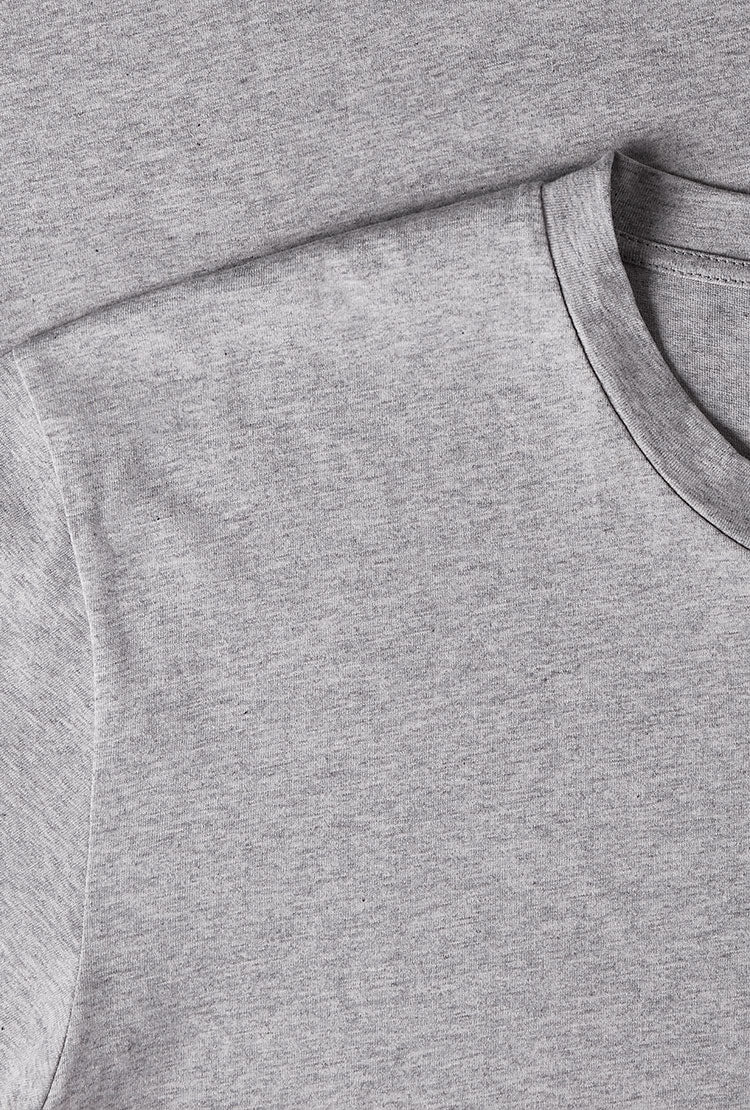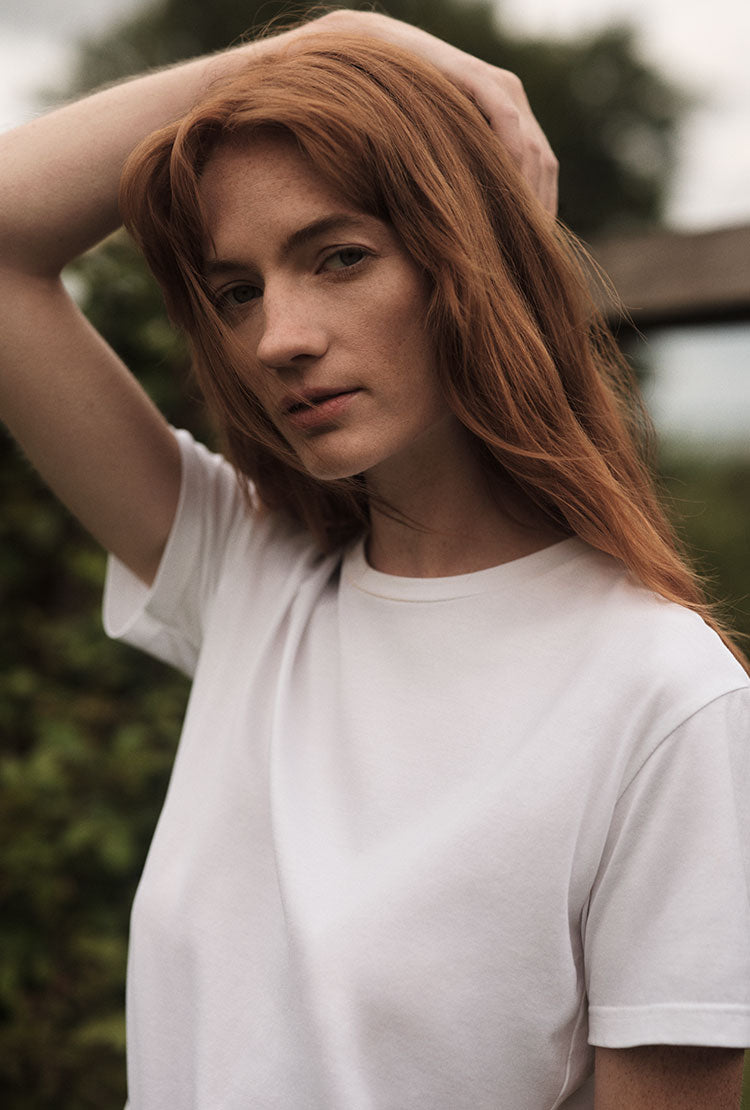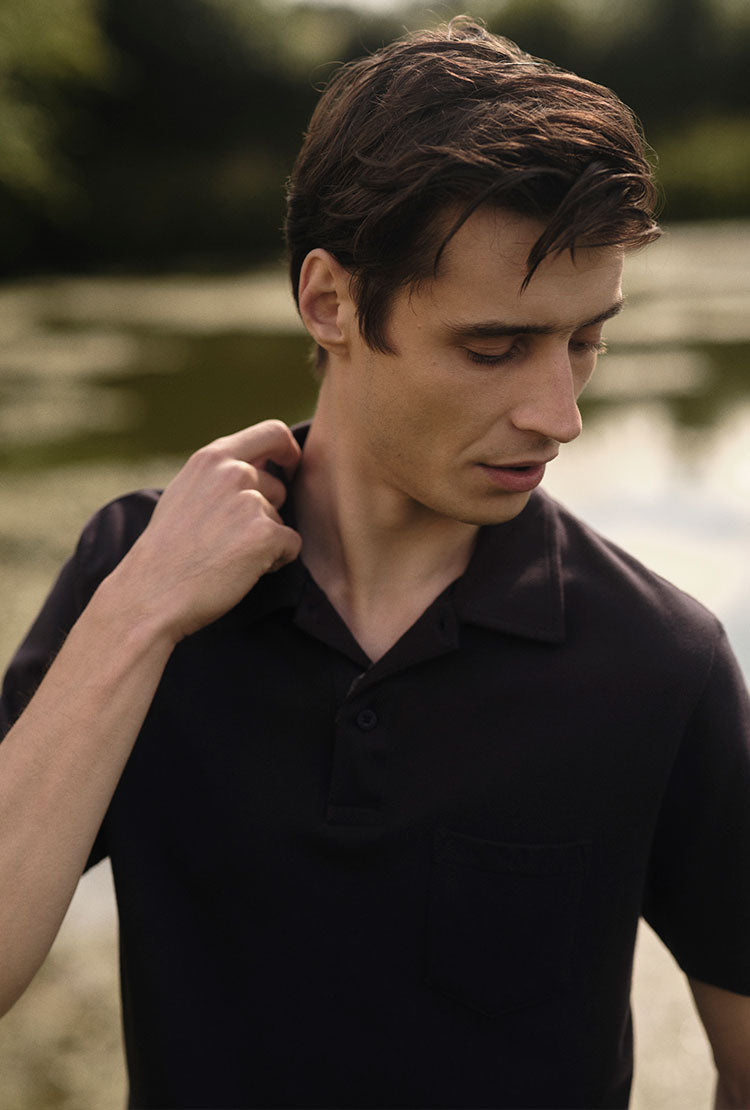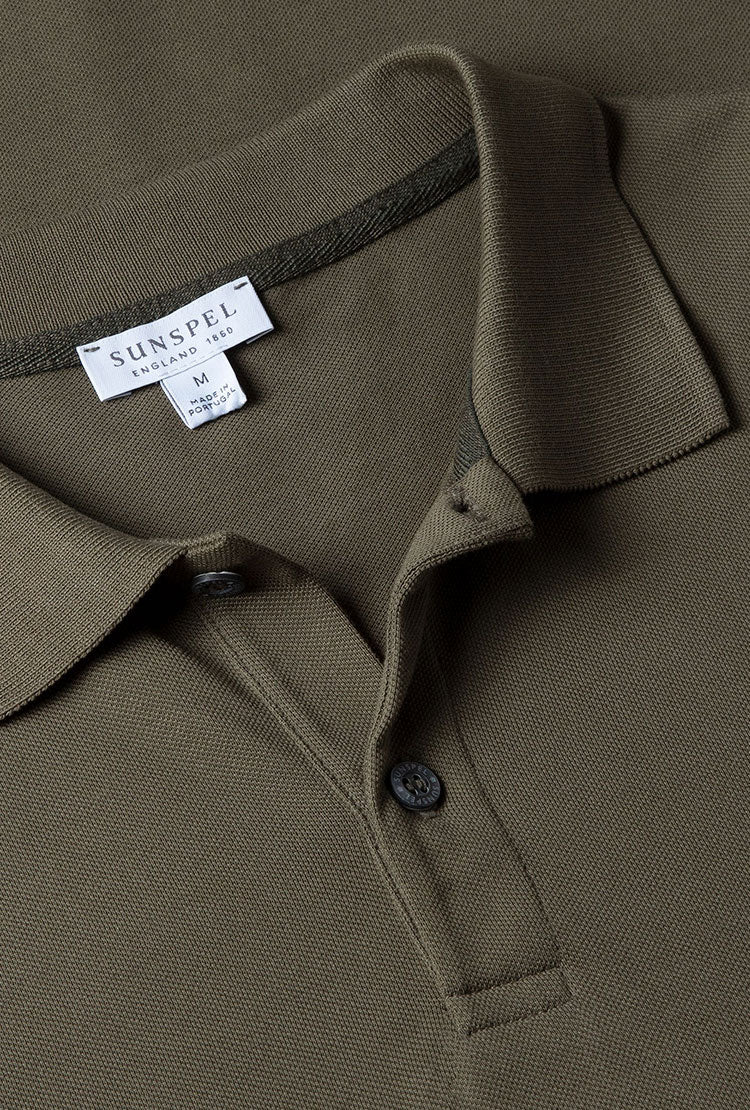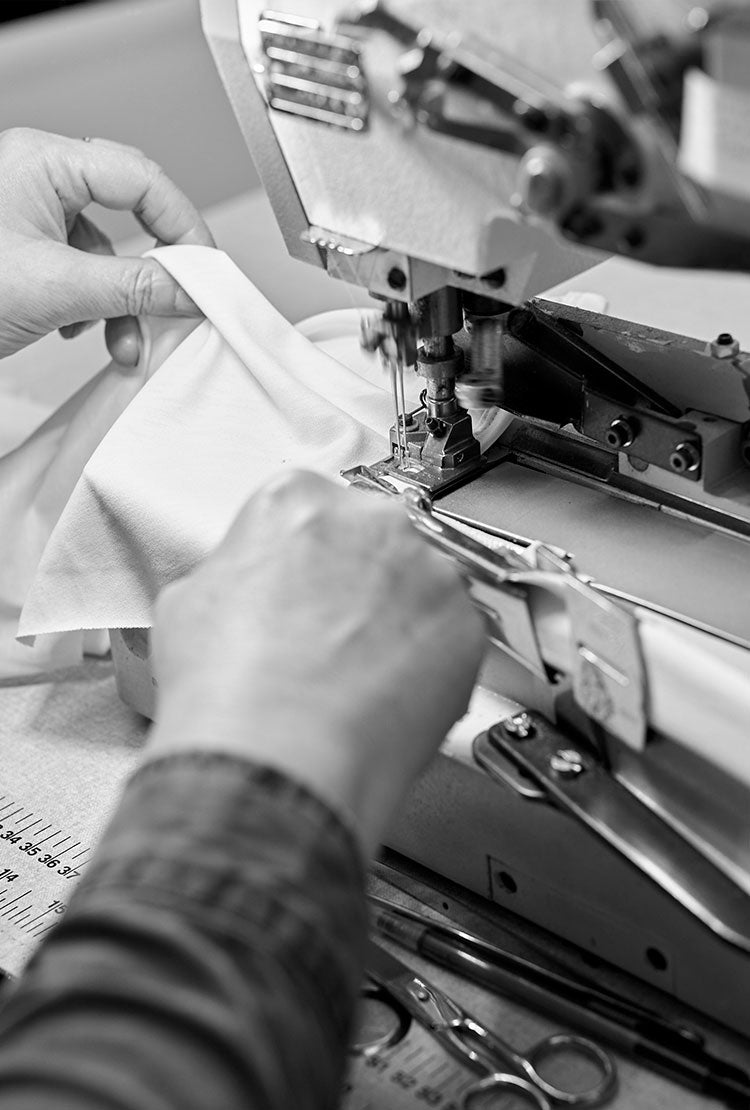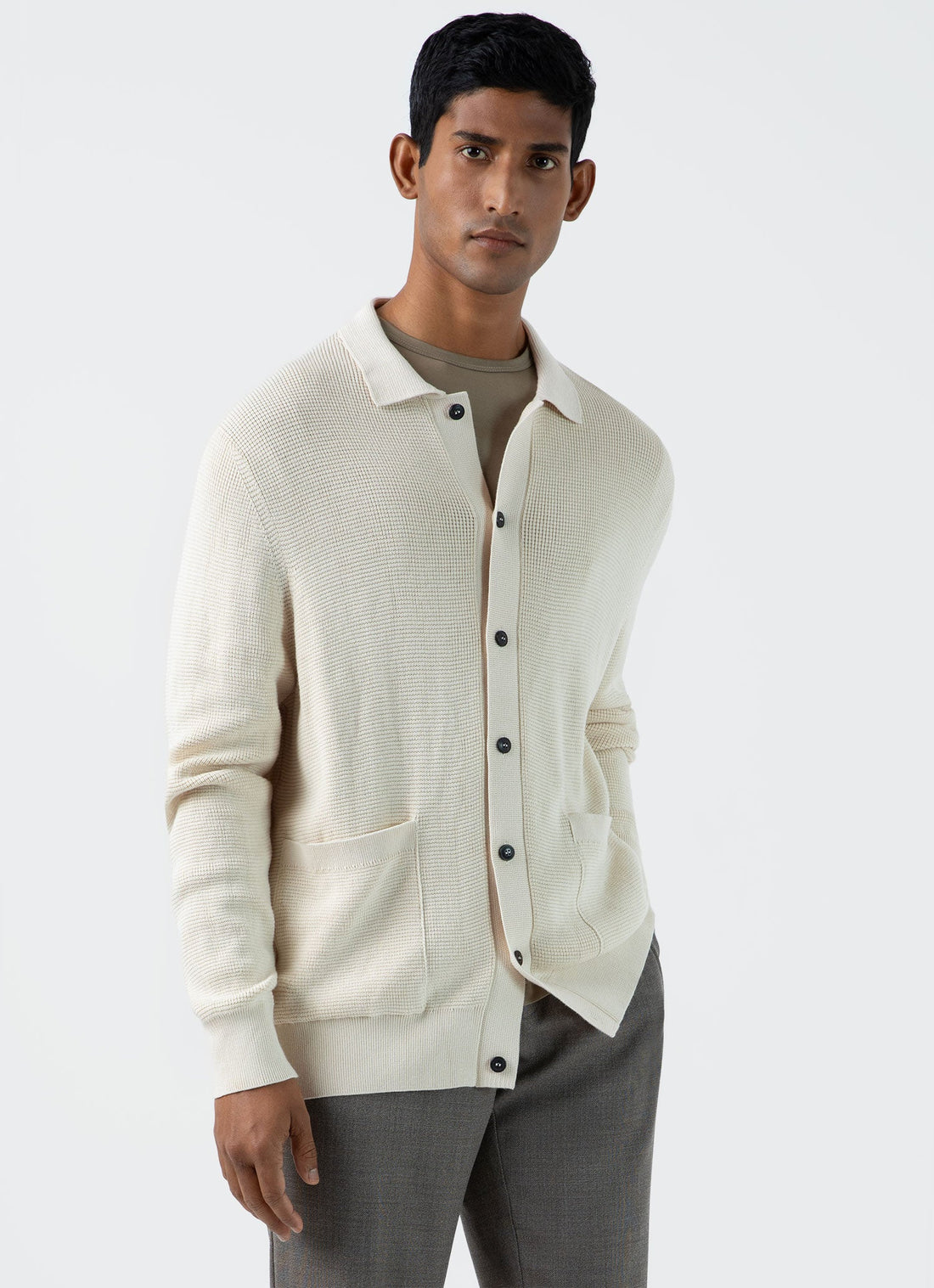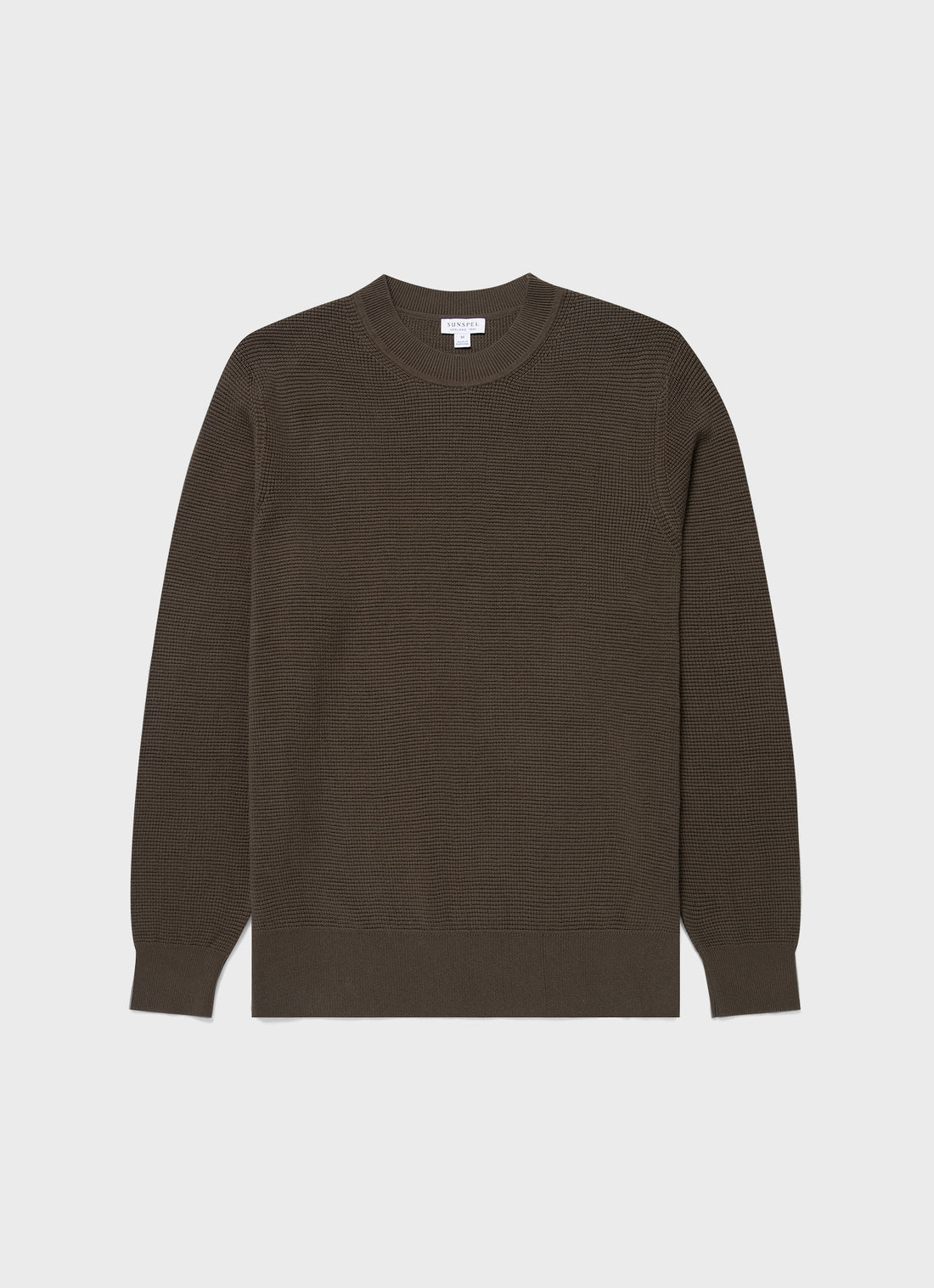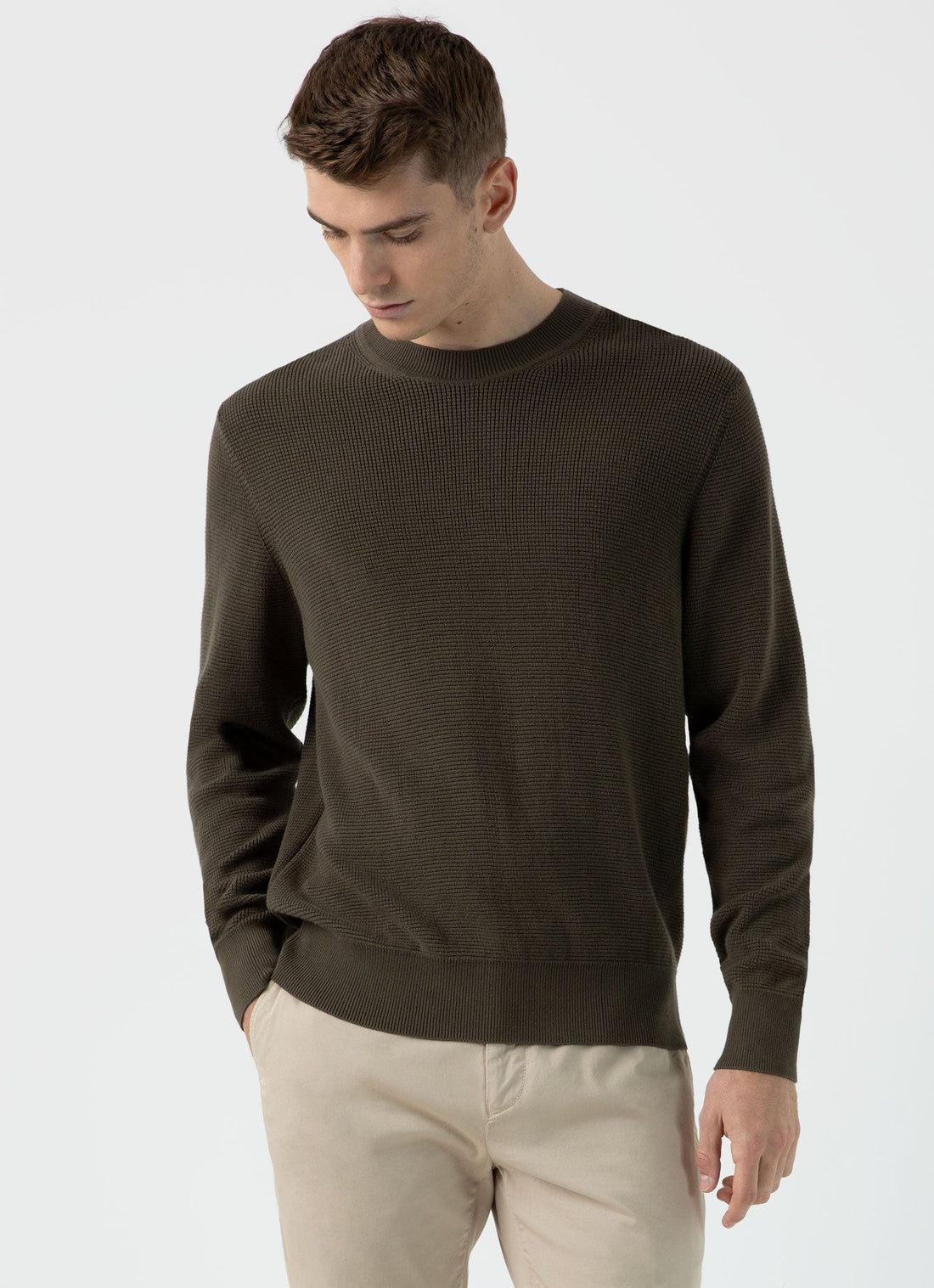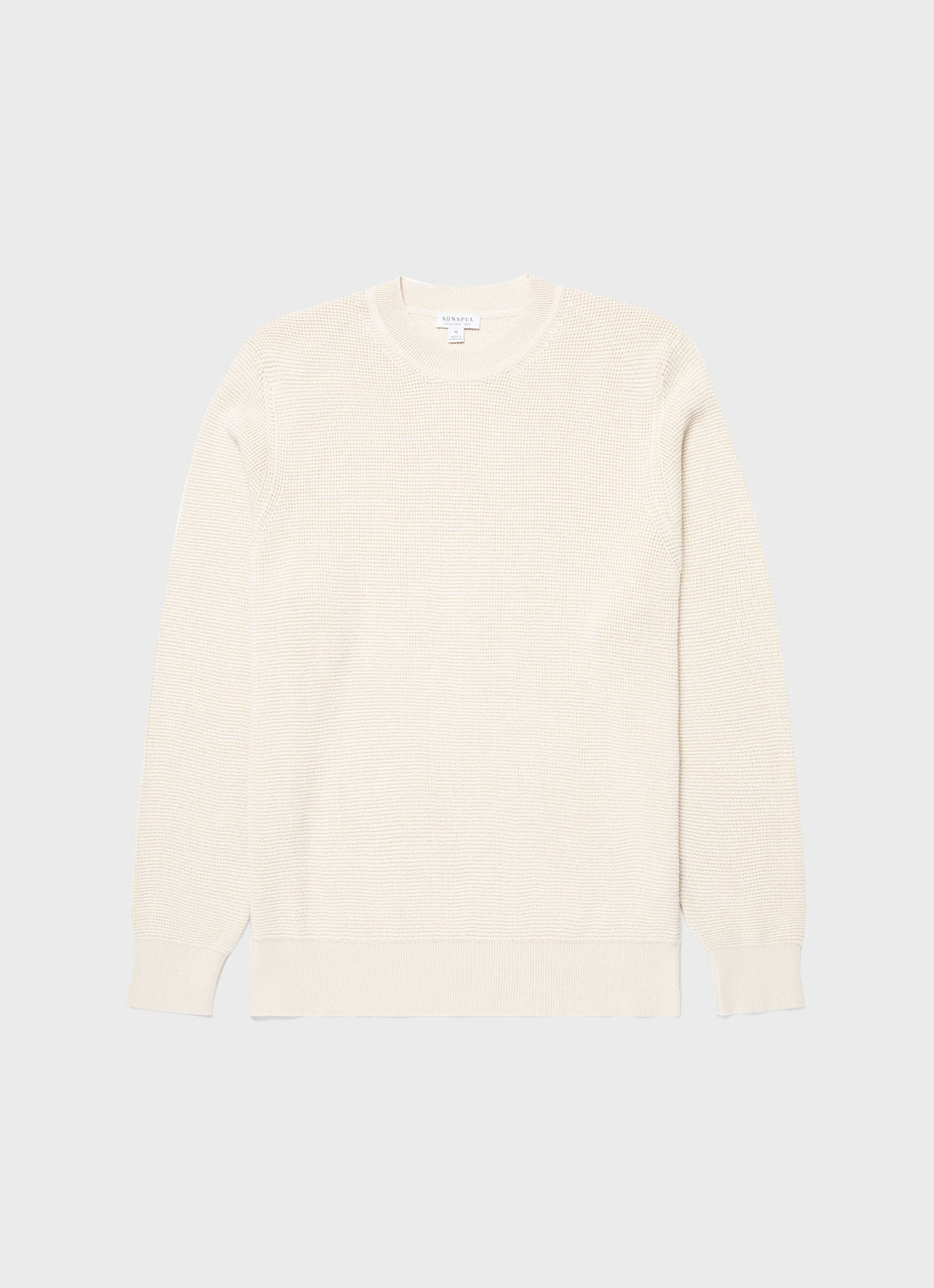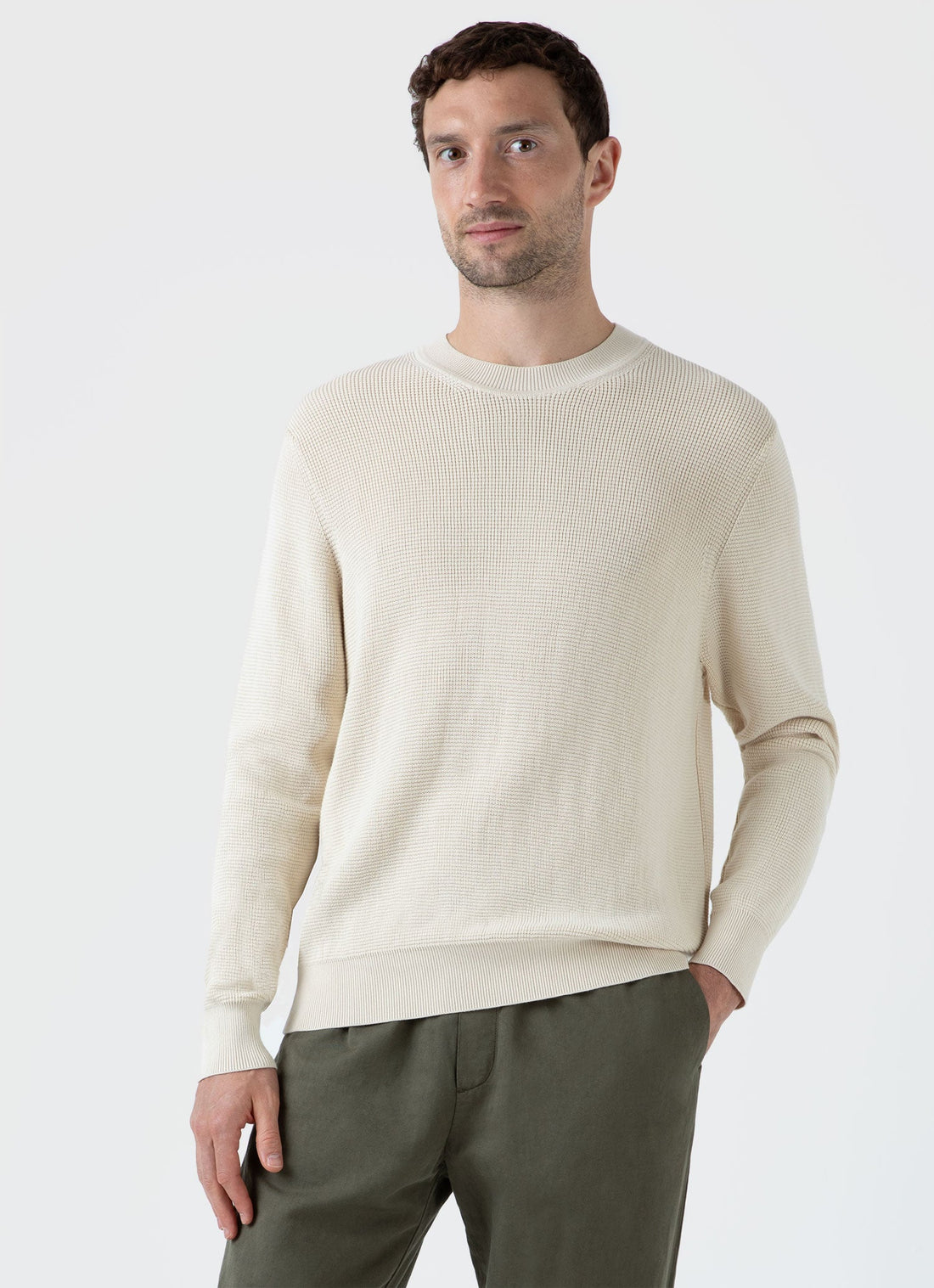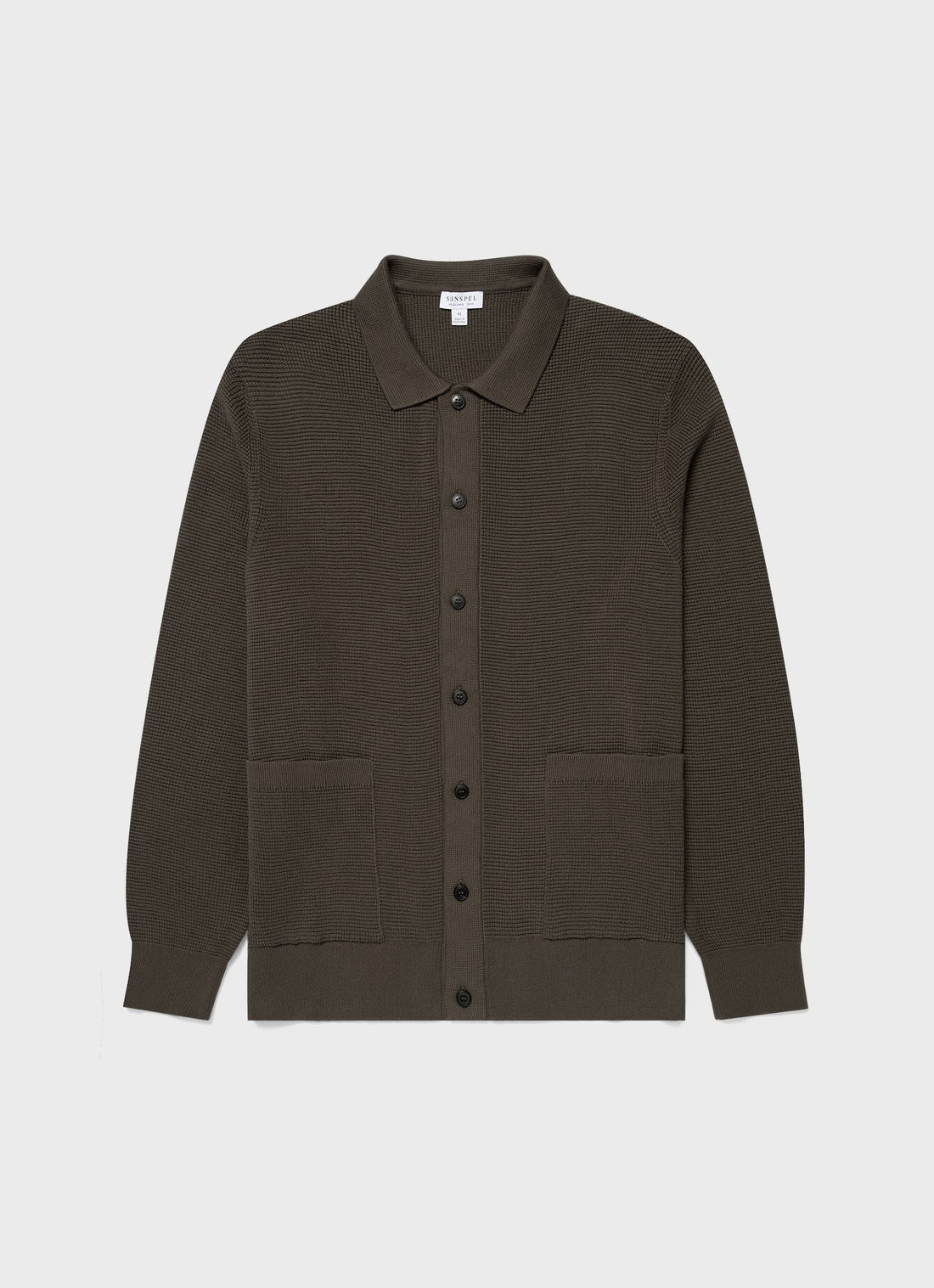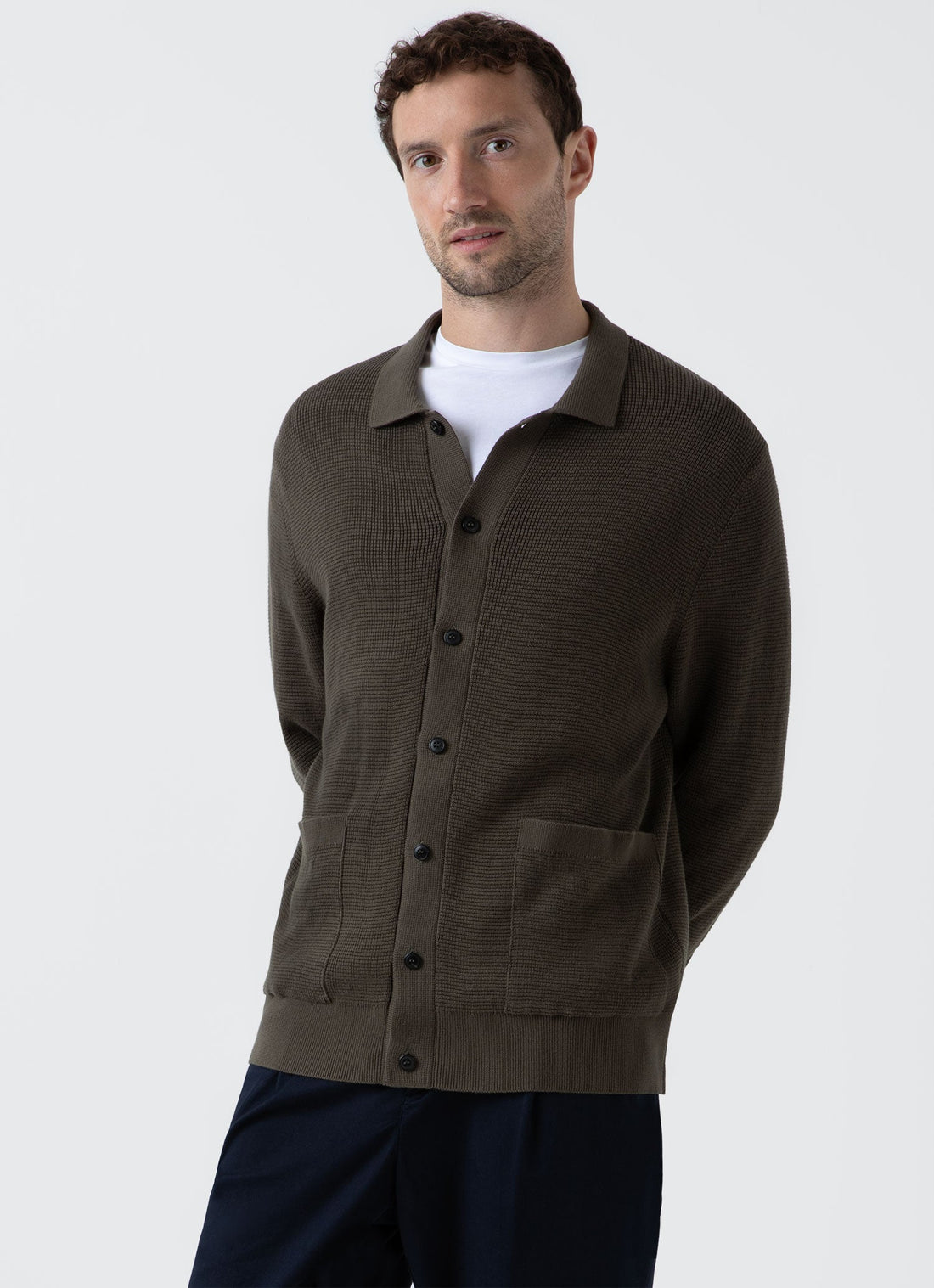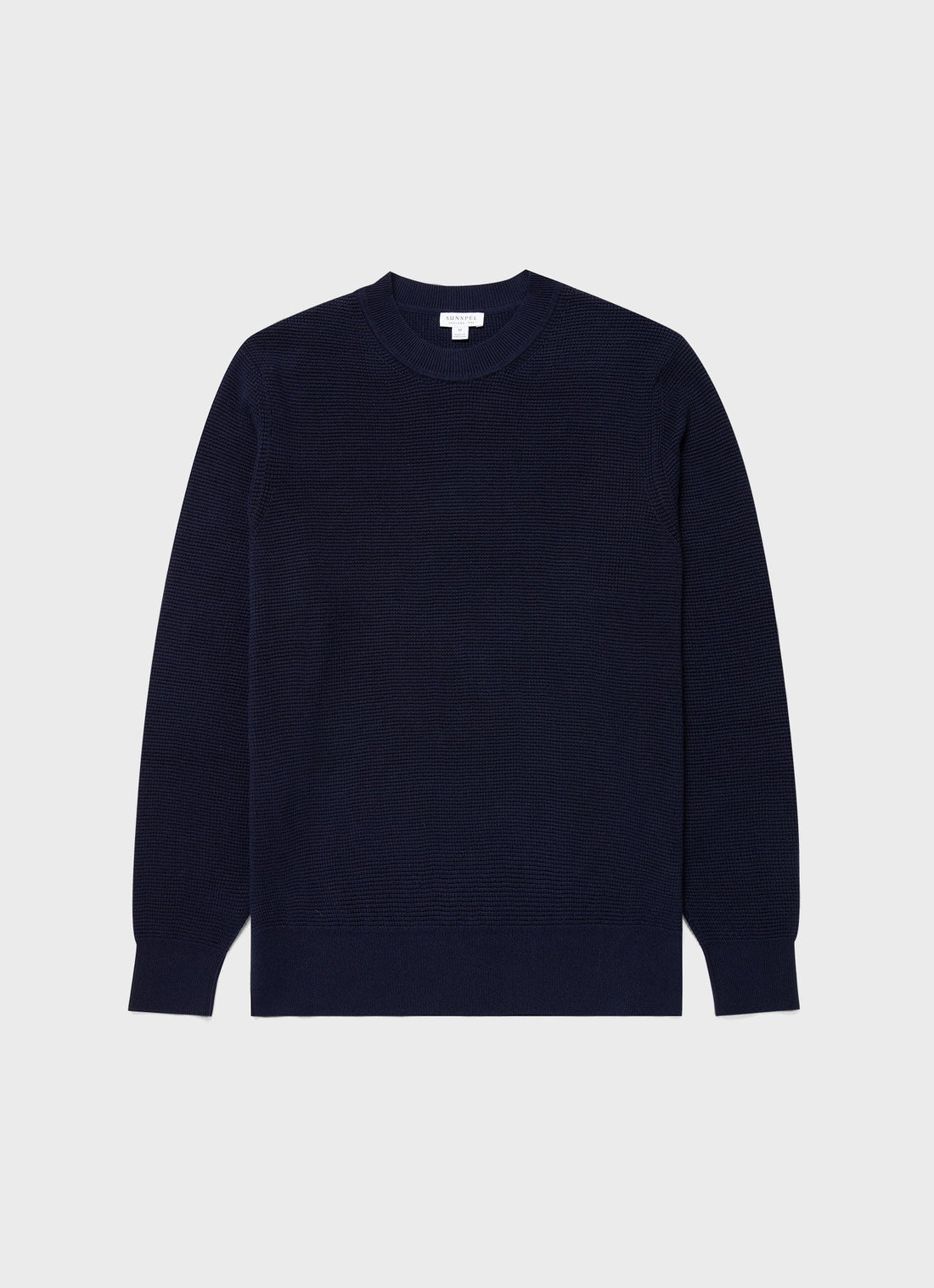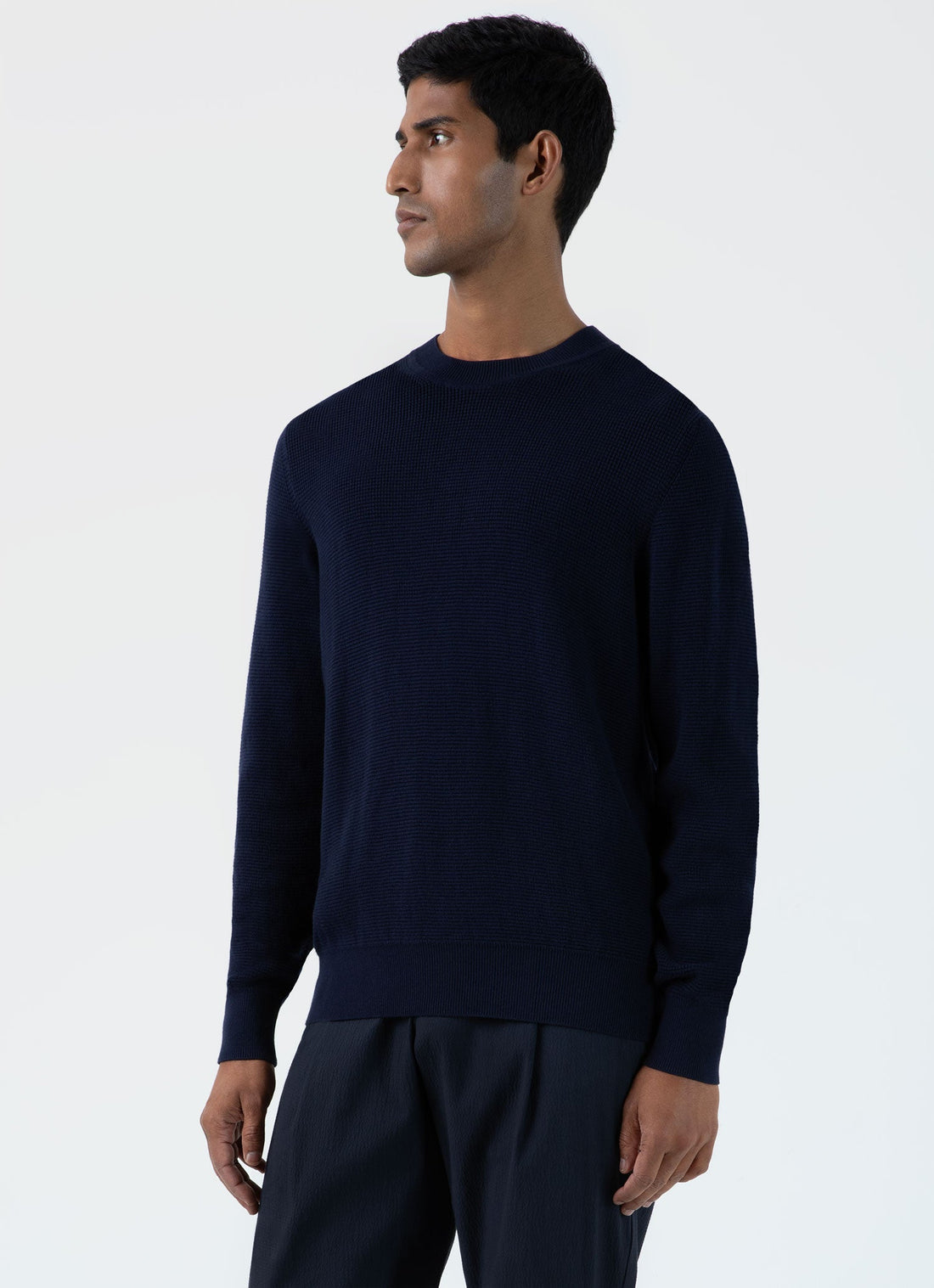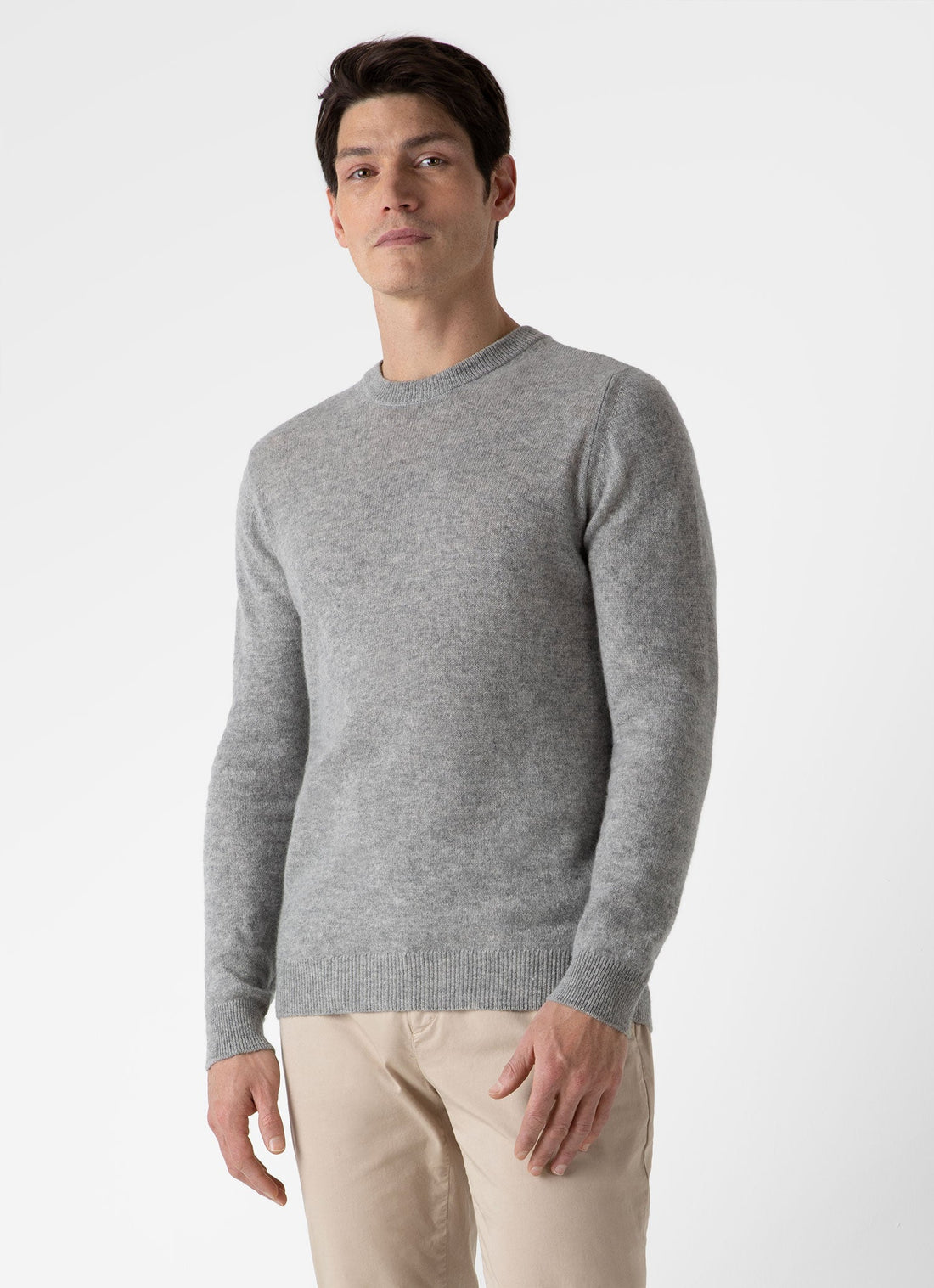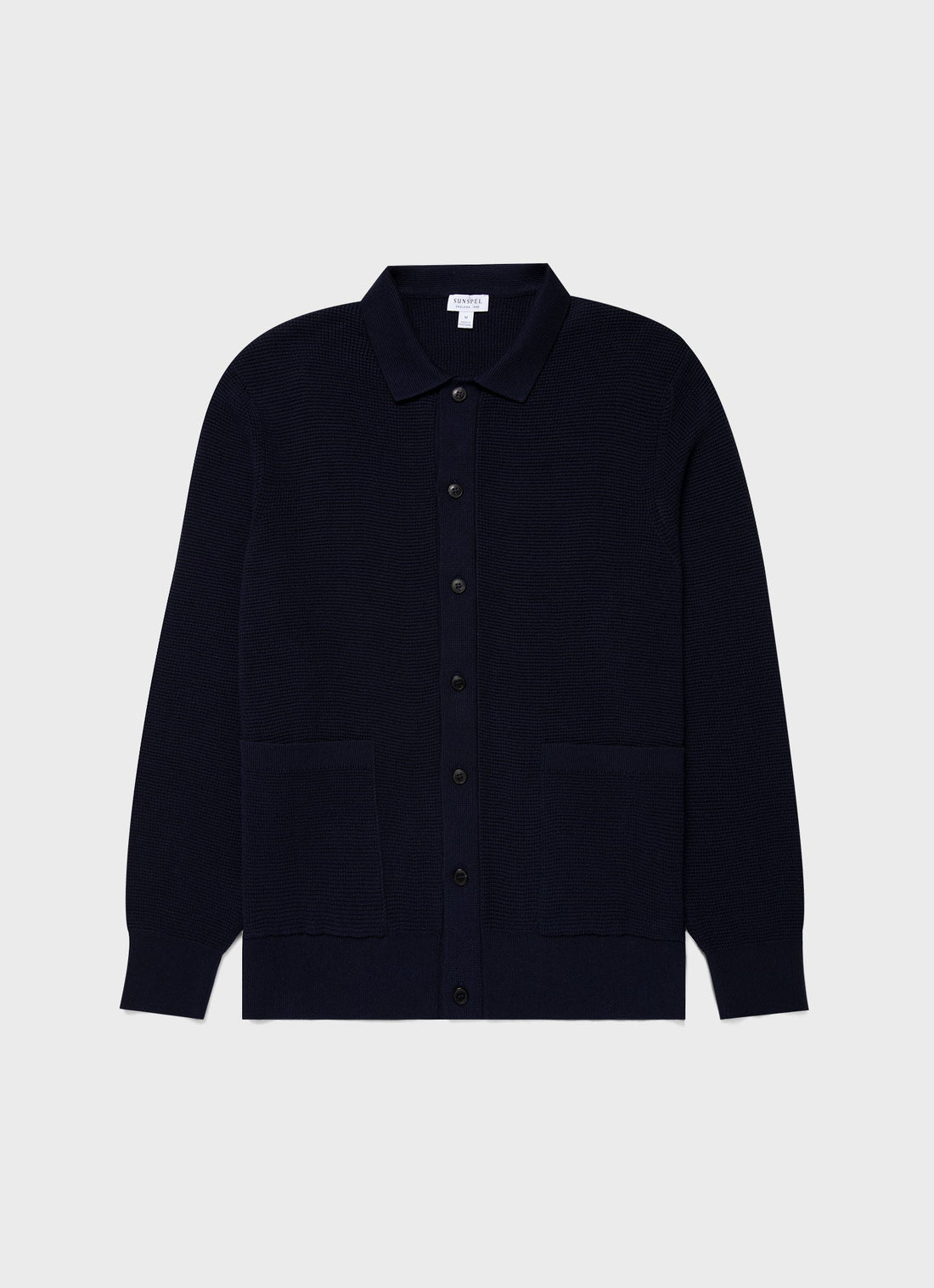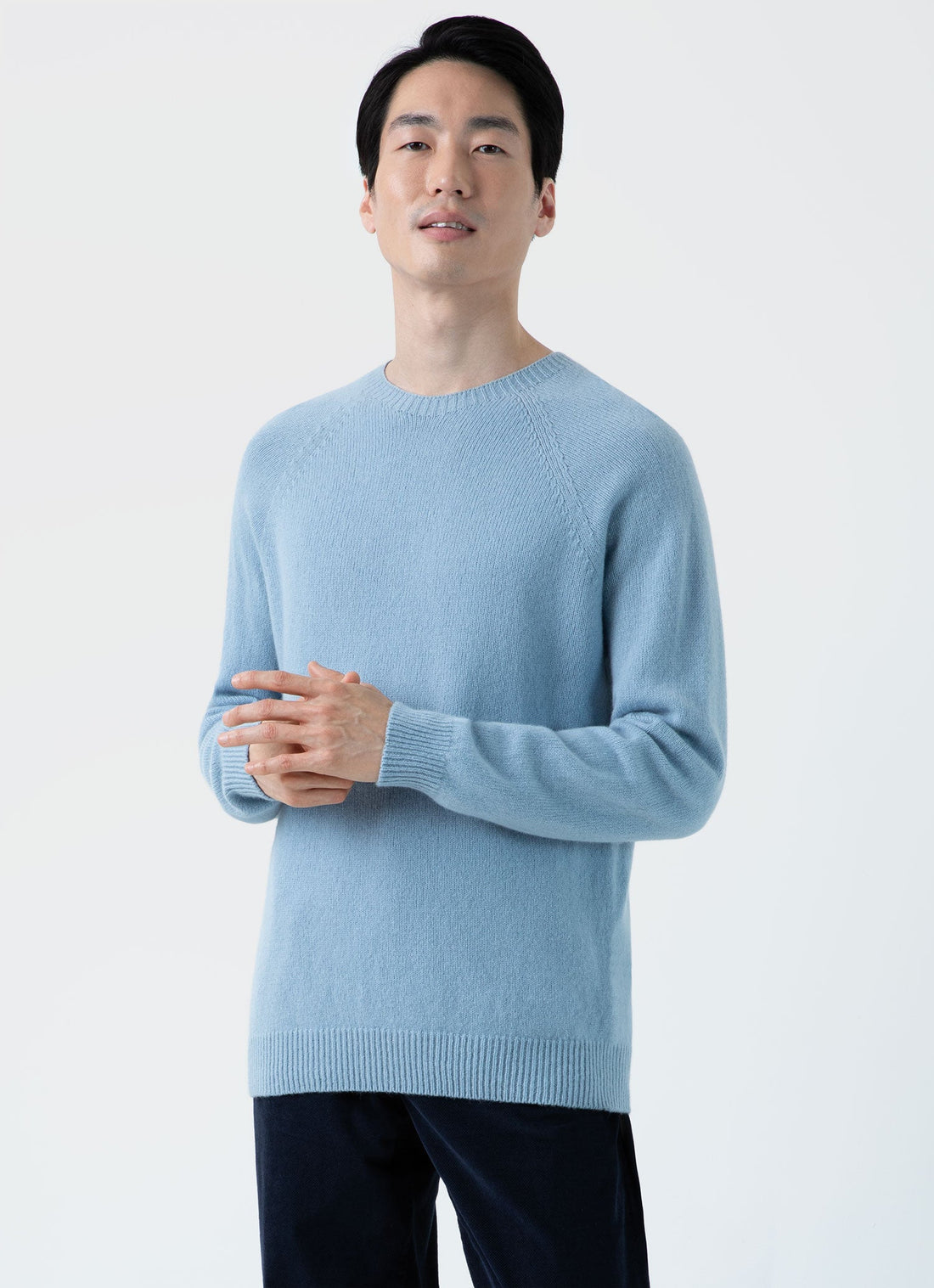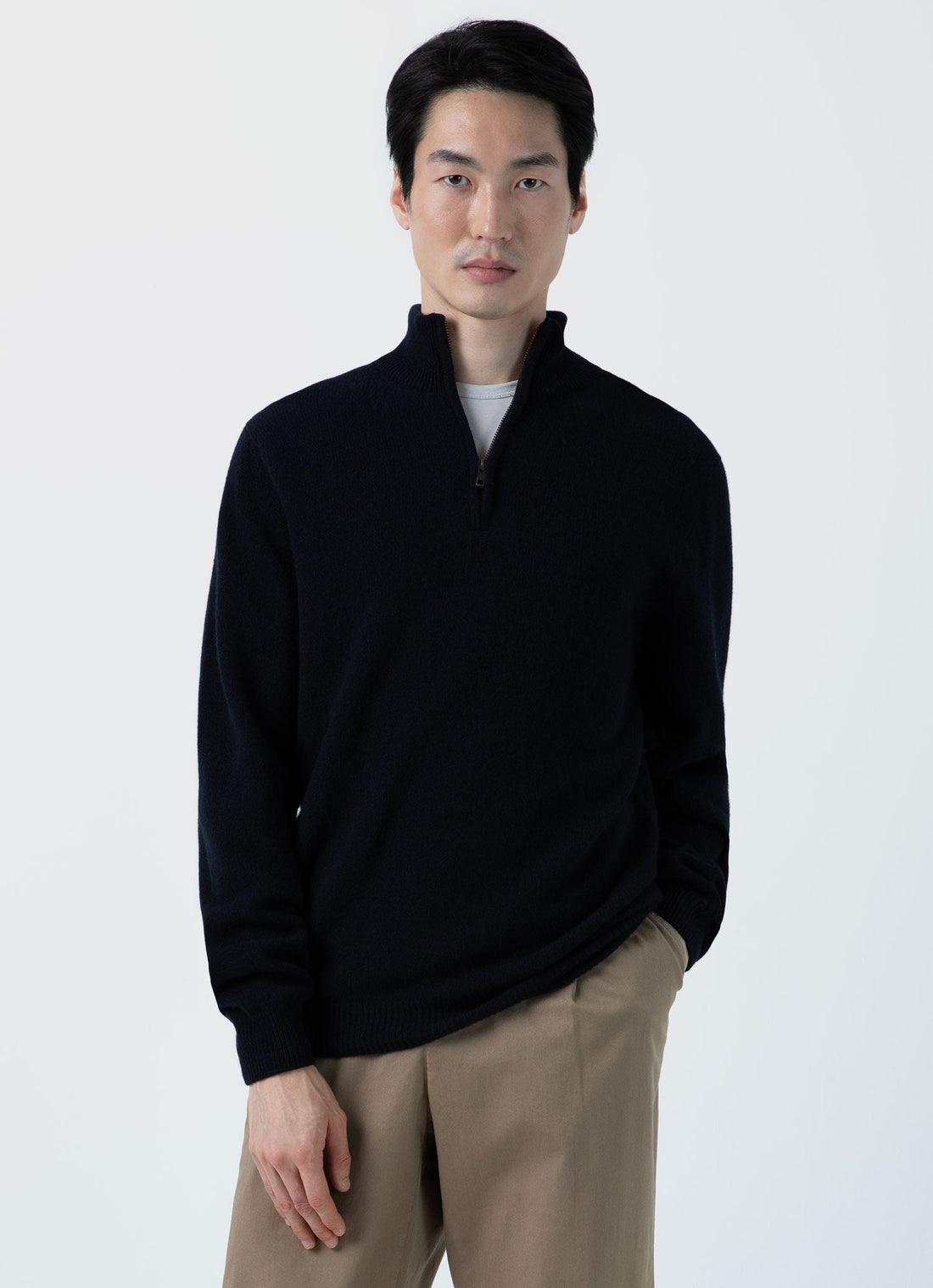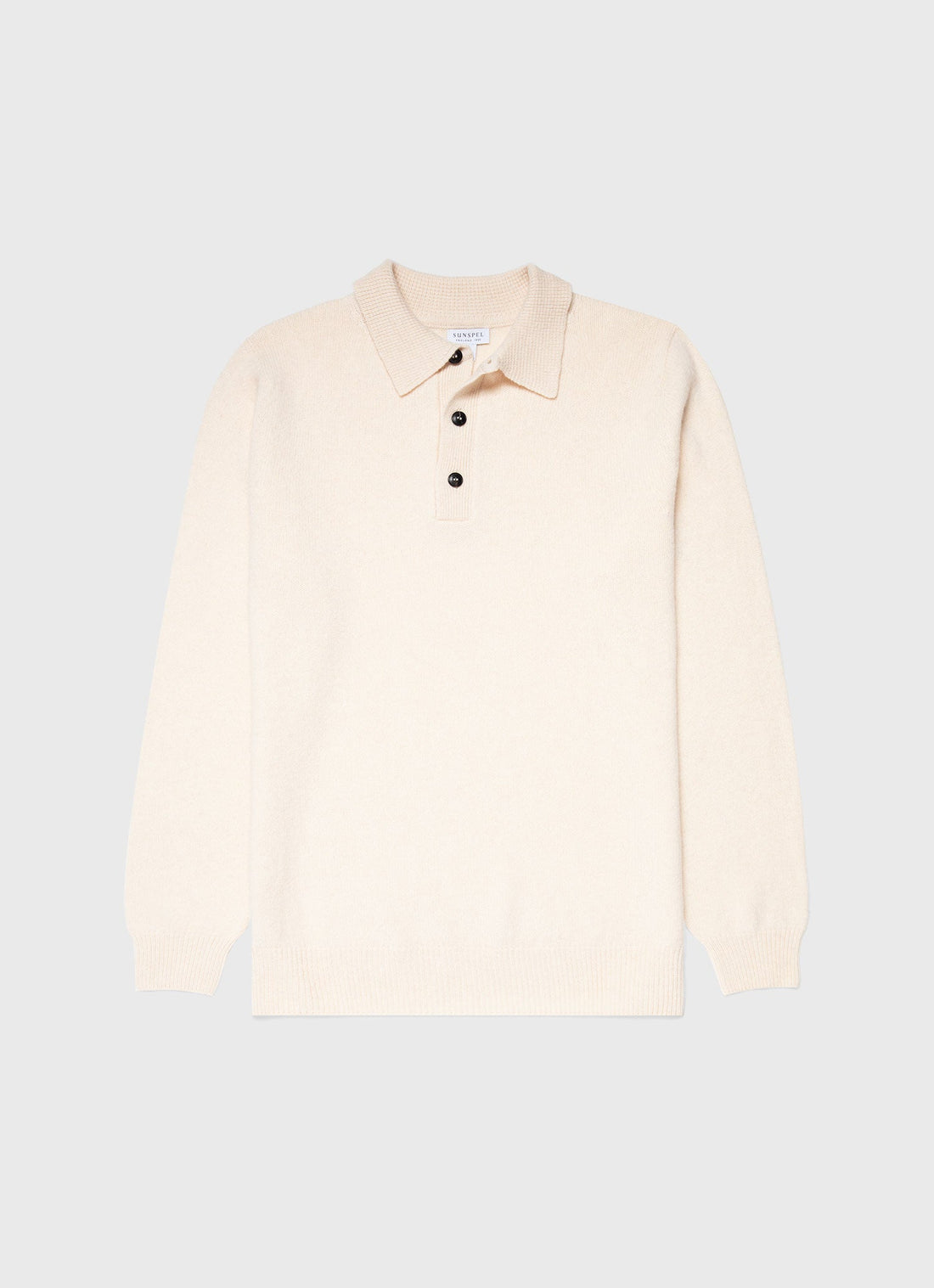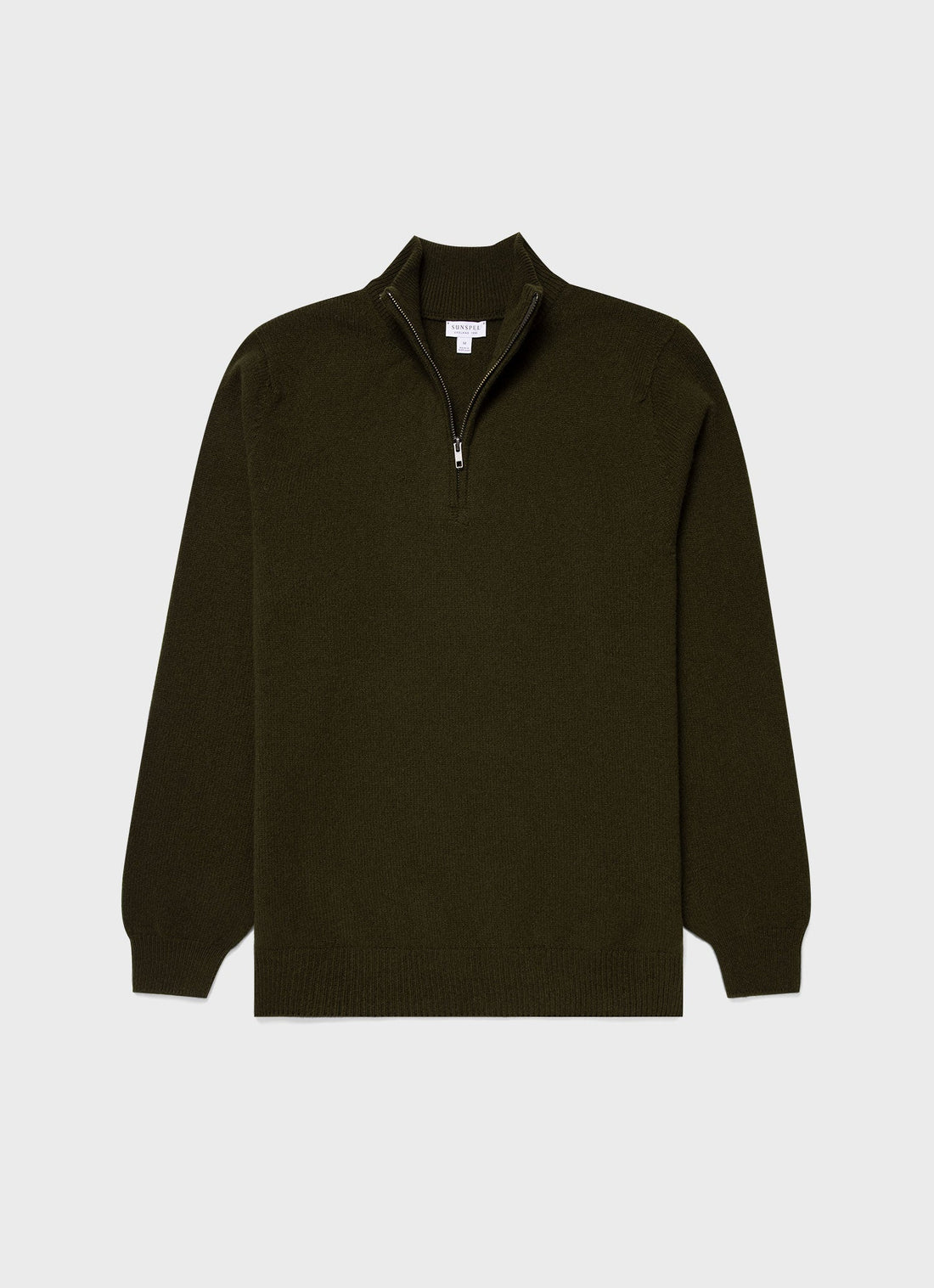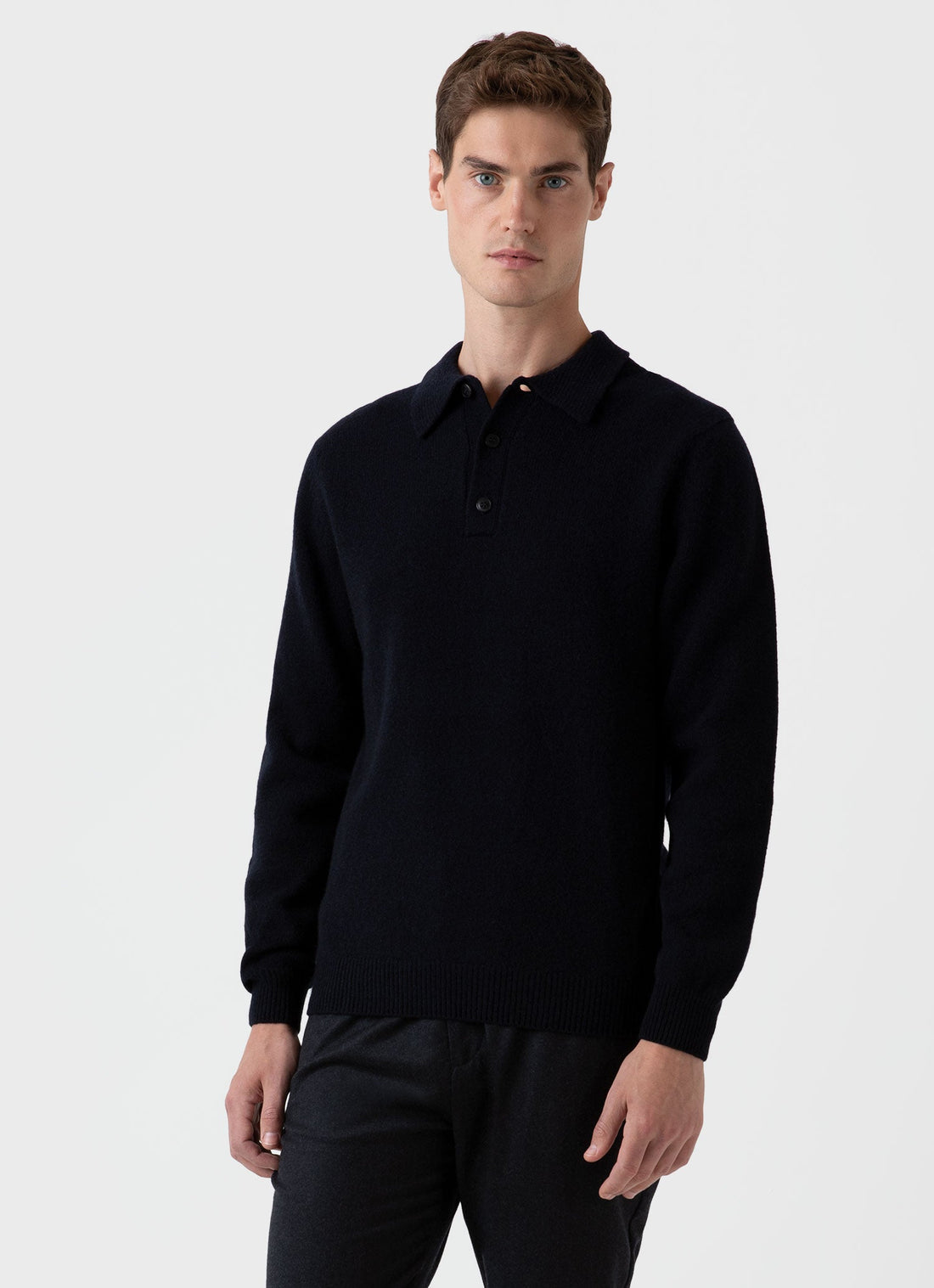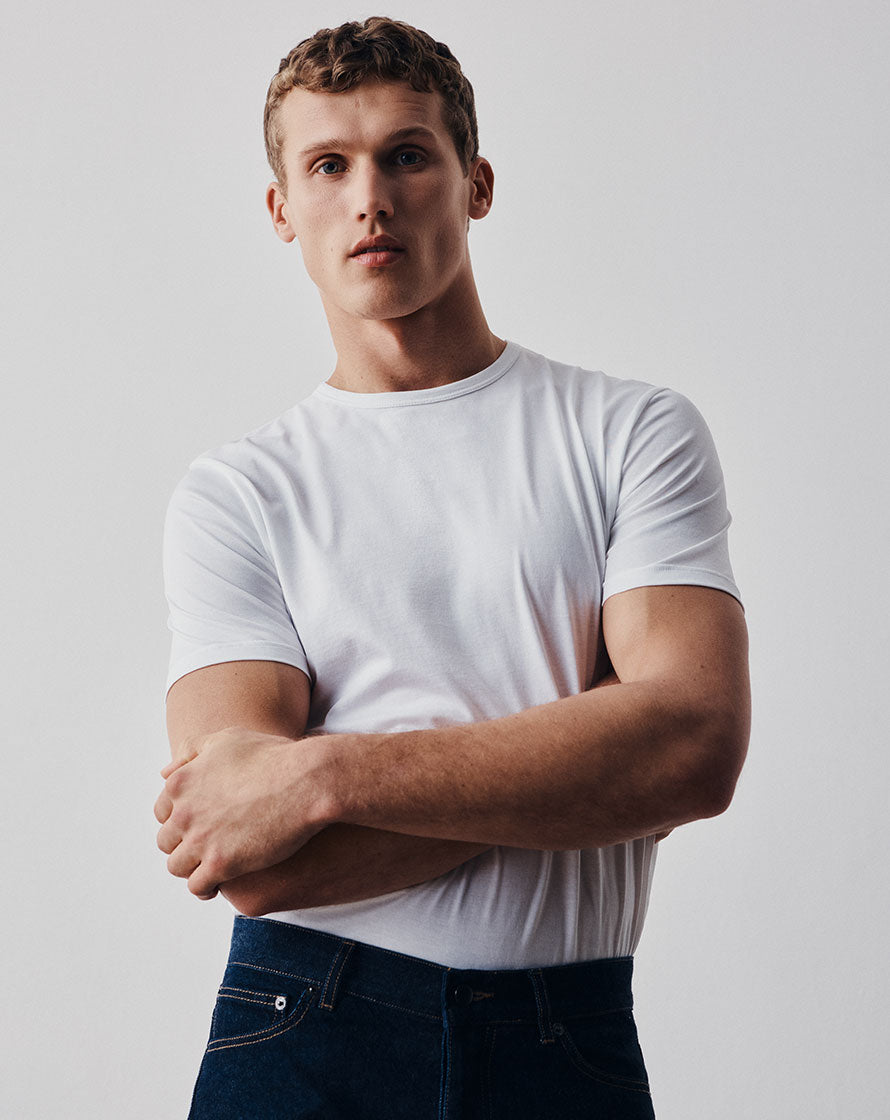Paul Weller for Sunspel
As we launch our second collaboration with Paul, we caught up with him to talk music, style and attention to detail.
Clothes have always mattered to Paul Weller. Not as much as his music, perhaps, but care in his appearance runs a very close second. This obsession predates his decades-long reign as a British music icon. As a former schoolmate remembered to one of Weller’s many biographers: ‘When we were about 13, he was the fashion leader. We used to have a pair of loafers, and if you were lucky, a pair of Dr Martens shoes. He used to have Dr Martens shoes, loafers, brogues, Sta-Prest trousers, Ben Sherman shirts, Brutus shirts, a Crombie coat, a parka, the lot.’
As Weller explained: ‘In the 1960s and ’70s, any spare money went on clothes and records. That’s the culture we created.’ That culture was, of course, indebted to Mod style, which put The Jam at odds with the punks they were lazily lumped in with (thanks to snarling, driving R&B-derived songs like In the City) by the music press. The Pistols and The Clash were kitted out in bondage gear and ripped T-shirts from the King’s Road; The Jam’s black mohair suits were made by Burton’s in Woking. Weller has always been an outlier, forging his own path in music and fashion.
 |
Weller’s style has changed over the years, often signalling a shift in his musical output, none more so than the startling transition from The Jam into The Style Council, when the dark suits gave way to the summery pastel colours of football casuals. However, at the core of each new look has been a variation of Mod, epitomised by an almost compulsive attention to detail, because the movement was always about having exactly the right fabric, cut and accessories. The person who got it just right was a ‘Face’; a role model. Weller has always been one of this select band. As he has said on more than one occasion, ‘I’ll always be a Mod. They will bury me a Mod.’
 |
 |
But Mod is a broad church, taking in style cues from the iconography of bands like The Who and The Small Faces, adding in Ivy League staples, a touch of Savile Row in the tailoring, as well as importing key elements of informal Italian fashion. Mod is, though, more than anything, an attitude. Clothes matter, it says.
It is difficult to think of another musician who would make such a good fit with Sunspel, a company that celebrates British tradition and manufacturing and is as uncompromising in its attention to the crucial details of its clothes as Weller is in his. As he launches his second, autumn/winter, collection for the company, we asked Paul Weller for some of his thoughts on the process of swapping guitars for a sketchpad.
 |
How did you feel when Sunspel first asked you to design that first collection?
I was greatly honoured to be asked to work with them. I’d shopped in Sunspel many times, well before they approached me.
What did you shop for?
I’ve always loved their T-shirts. They’re of great quality and that applies to all their garments. Well made, great construction and above all, wearable. Great colours, too.
Were you happy with how the first collaboration was received?
Our first collaboration together (SS/21) went really well. I thought all the pieces worked very well, so I’m very pleased to have been asked back!
 |
 |
Is there a new approach for this A/W edition?
Not really. The A/W collaboration follows on from
that first one. There are some beautiful pieces in there, especially the cardigans and the white chinos. The college Henleys have turned out great, too.
What is your approach to designing?
On both collections we’ve worked the same way.
I bring in some sketches and some colour references, sometimes a picture of an old garment for inspiration. David [Telfer, Sunspel creative director] and his team then draw this into a proper design and then we look at how to match the colours to what I have in mind. After this we’d get samples to try on and look at how to improve them.
Is it a lengthy process?
Well, it may take two or three attempts to get it right, but we are all after the same ends and that is quality and care, I believe. The sign-off comes when I try on the sample and it feels right.
 |
Have you been to see the clothes actually being made?
I have. I really like Sunspel’s set-up in Long Eaton. It is, I believe, its original factory. It’s a nice atmosphere and definitely has a family vibe about it.
What is the clincher for you that tells you it is a successful piece?
Most importantly, would I want to buy this piece if I saw it elsewhere?
Your interest in clothes and fashion predates your pop career, is that right?
Clothes were important to me from a very young age. Clothes and music seemed inseparable to me as a young kid in the ’60s. That continued for me into the early ’70s, by which time I had a paper round/Saturday job and could save up to buy what I wanted. The fashion and styles were incredible in those decades.
A lot of street fashion too, definitely not led by brands, so I was, and am, heavily influenced by that period.
What is the main inspiration for your collection?
The same ones I’ve always had (and, as I have said before, always will) and that is essentially Mod. Though a few pieces in this new range are Ivy/college inspired, but that’s very Mod too.
